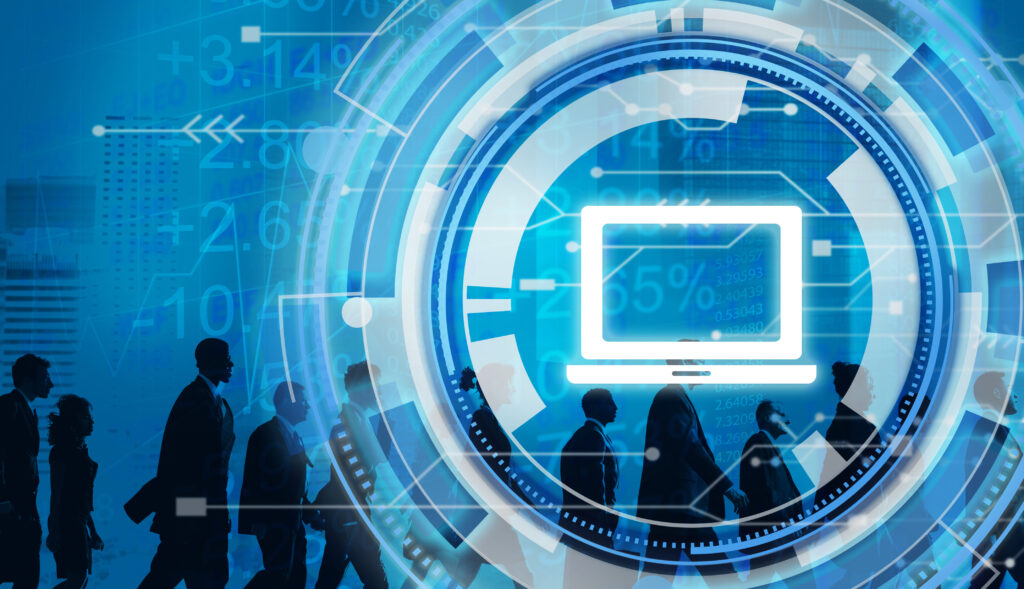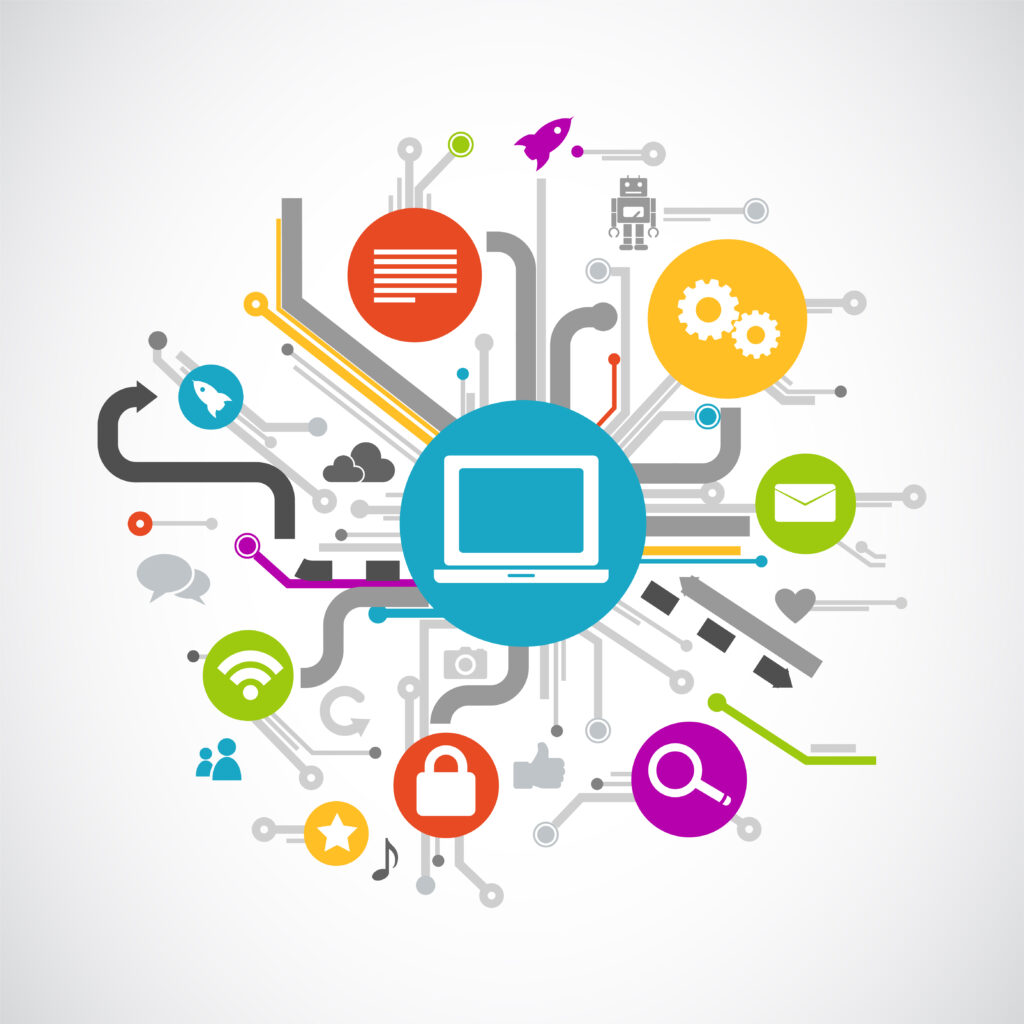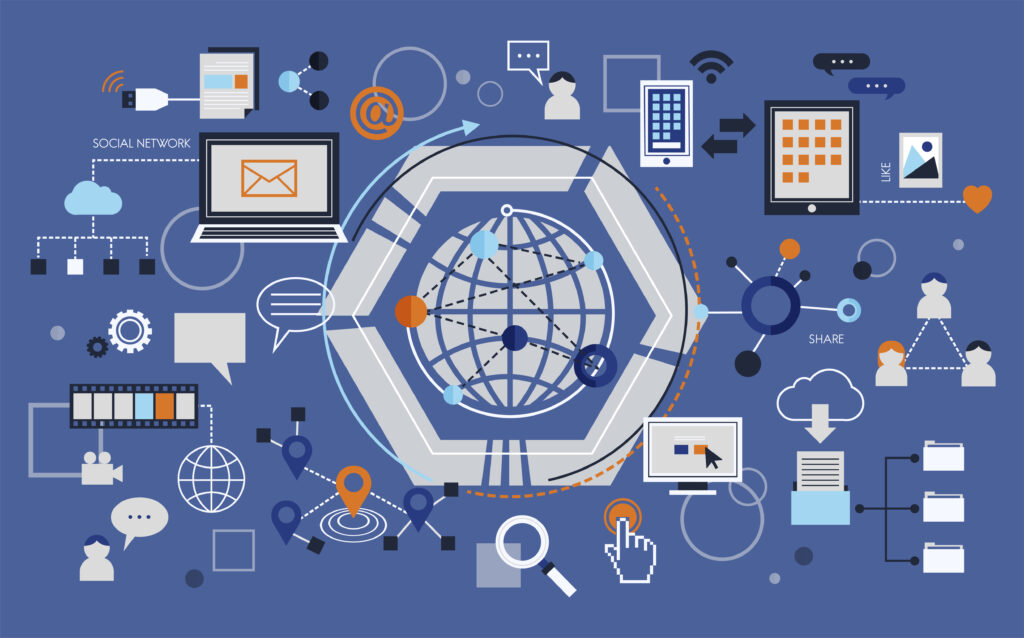Table of Contents
1. Introduction
In today’s rapidly evolving world, the term “Information Technology” has become ubiquitous. We hear it in conversations, encounter it in job listings, and witness its impact on our daily lives. But what exactly is information technology, and why does it matter? In this article, we will delve into the fascinating realm of information technology, demystifying its concept, evolution, components, and its significance in both business and our everyday existence.

2. Defining Information Technology
Information Technology, often abbreviated as IT, encompasses the utilization of computer systems, software, and telecommunications equipment to store, retrieve, transmit, and manipulate data. Essentially, it involves the management of information through technology tools.
3. The Evolution of Information Technology
The history of Information Technology is a journey from room-sized computers to today’s powerful, pocket-sized smartphones. It began in the mid-20th century with the advent of mainframe computers, which were massive machines used for complex calculations. Over time, IT evolved into personal computers, laptops, and the Internet, democratizing access to information.
4. Key Components of Information Technology

4.1. Hardware
Hardware refers to the physical components of IT, such as computers, servers, and networking devices. These devices process, store, and transmit data.
4.2. Software
Software comprises the programs, applications, and operating systems that run on hardware. It enables users to perform various tasks, from word processing to gaming.

Image by Freepik
4.3. Data
Data is the lifeblood of IT. It includes all the information, facts, and figures that computers process. Proper data management is crucial for businesses and individuals.
4.4. Networks
Networks connect devices and enable data transfer. The Internet is the most extensive global network, allowing worldwide communication.
5. Importance of Information Technology

Image by Freepik
Information technology plays a pivotal role in the modern world. It enhances efficiency, productivity, and communication across industries. From healthcare to education, IT solutions have transformed how we work and live.
6. Information Technology in Business
Businesses rely heavily on IT for operations, data analysis, customer management, and e-commerce. It enables companies to reach global markets and streamline processes.
7. Information Technology in Daily Life
In our daily lives, IT is everywhere. Smartphones keep us connected, and social media platforms enable us to share information and stay informed. Smart homes and wearable devices are also part of the IT landscape.
8. FAQs About Information Technology
8.1. What is the role of IT in education?
- Information technology in education facilitates e-learning, making educational resources accessible online.
8.2. How does IT improve healthcare?
- IT enhances patient care through electronic health records, telemedicine, and medical research.
8.3. Is cybersecurity essential in IT?
- Yes, cybersecurity protects data from cyber threats, ensuring the integrity of IT systems.
8.4. Can IT bridge the digital divide?
- Yes, IT initiatives aim to provide equal access to technology and information worldwide.
8.5. What are the future trends in IT?
- Emerging trends include artificial intelligence, blockchain, and quantum computing.
9. Conclusion
In conclusion, information technology is the backbone of our digital age. It encompasses hardware, software, data, and networks, shaping both business and personal aspects of our lives. From the classroom to the boardroom, IT is a driving force for innovation and progress.

10. FAQs
10.1. What is information technology?
Information technology, often abbreviated as IT, encompasses the utilization of computer systems, software, and telecommunications equipment to store, retrieve, transmit, and manipulate data.
10.2. How has IT evolved over time?
The history of IT began with mainframe computers in the mid-20th century and has evolved into personal computers, laptops, the Internet, and modern-day smartphones.
10.3. Why is information technology important?
IT enhances efficiency, productivity, and communication across industries, making it essential in the modern world.
10.4. How does IT impact businesses?
IT is crucial for business operations, data analysis, customer management, and global market reach.
10.5. What are the future trends in information technology?
Emerging trends in IT include artificial intelligence, blockchain, and quantum computing.
Please check this Also :
After Shave: A Guide to Smooth and Refreshed Skin After Shaving
The Ultimate Guide to After Shave For Men
Unveiling the Beauty of After Shave for Women
Unveiling the Benefits of After Shave Balm: Your Guide to Smooth and Soothed Skin
Decoding the Benefits: What Does After Shave Do for Your Skin?
Gillette After Shave Lotion: Elevating Your Shaving Experience
Nivea Men Sensitive Aftershave Lotion: Gentle Care for Your Post-Shave Skin.
Proraso After Shave Balm for Men: A Gentle Finish to Your Shave.
Edge+ Cooling Post Shave Lotion: A Refreshing Touch for Your Skin
Bevel After Shave Balm for Men: Elevate Your Post-Shave Experience
Pacific Shaving Company Caffeinated Aftershave: Energize Your Post-Shave Routine
Harry’s Post Shave – Post Shave Balm for Men: Nourishment for Your Skin
Classic Elegance And the Timeless Charm of Old Spice After Shave
Revive Your Skin: Unveiling the Magic of Biotique’s Wild Grass After Shave Gel
Dollar Shave Club Shave Butter: Your Ultimate Shaving Companion
Post-Shave Luxury: Exploring the Enchantment of THAYERS After Shave